What is an EL Panel?
An Electroluminescent (EL) Panel is a flat, thin light-emitting device that generates light through the process of electroluminescence. Electroluminescence is a phenomenon where a material emits light when an electric current is applied to it. EL panels are often used for various applications such as backlighting, signage, displays, and decorative lighting due to their flexibility, thin profile, and energy efficiency.
Features and Characteristics of EL panels
An EL panel typically consist of several layers. The core layer is the electroluminescent material, which is usually a phosphor compound that emits light when an alternating current (AC) is applied. This layer is sandwiched between two electrodes, and the entire assembly is encapsulated in a thin, flexible material. EL panels are known for their flexibility, making them suitable for applications where traditional light sources, such as LEDs or incandescent bulbs, may not be practical. The flexibility of EL panels allows them to conform to curved surfaces or be incorporated into clothing and wearable technology. EL panels are thin, often measuring only a few millimeters in thickness. This slim profile makes them ideal for applications where space is limited or where a sleek design is desired.
EL panels provide relatively uniform illumination across their surface, producing a soft and diffused light. This characteristic is advantageous for applications such as backlighting displays, where even illumination is crucial. EL panels are energy-efficient compared to some traditional lighting technologies. They operate on low power and can be powered by a relatively small electrical source, making them suitable for battery-powered devices. The color of light emitted by an EL panel inverter depends on the specific phosphor material used in its composition. While initially limited to a few colors, advancements have expanded the range of available colors.
Benefits of EL Panels
Electroluminescent (EL) panels offer several benefits that make them suitable for various applications. EL panels are inherently flexible, allowing them to conform to curved surfaces and be integrated into designs that require bendable or contoured lighting solutions. This flexibility makes them suitable for applications where traditional light sources would be impractical. EL panels are thin and lightweight, with a thickness typically measured in millimeters. This slim profile makes them ideal for applications where space is limited or where a sleek and unobtrusive design is desired. EL panels provide relatively uniform illumination across their surface. This characteristic is advantageous for applications such as backlighting displays, signage, or decorative lighting where even and diffuse lighting is essential.
EL panels are energy-efficient and operate on low power. They can be powered by a small electrical source, making them suitable for battery-powered devices and applications where power consumption is a critical consideration. EL panel lights are available in various colors, and the specific color emitted depends on the phosphor material used in their composition. This allows for flexibility in design, enabling the creation of visually appealing and customized lighting solutions. An EL sheet light emit a soft and diffused light, creating a visually appealing and eye-catching glow. This aesthetic attribute makes them popular for decorative and artistic applications, including illuminated clothing, accessories, and architectural accents. EL panels are robust and durable, capable of withstanding moderate bending and flexing. Their durability makes them suitable for applications in harsh environments or where the lighting source may be subjected to mechanical stress.
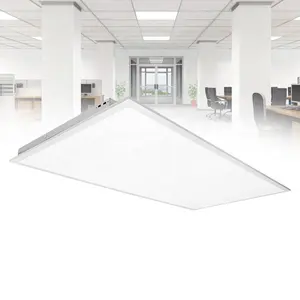

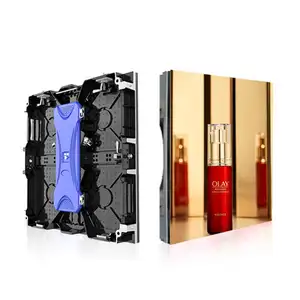








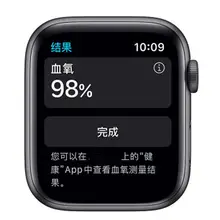
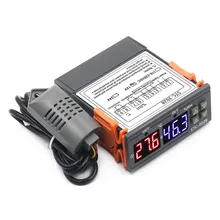





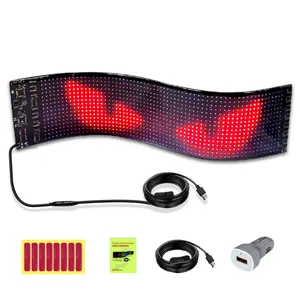

























 浙公网安备 33010002000092号
浙公网安备 33010002000092号 浙B2-20120091-4
浙B2-20120091-4